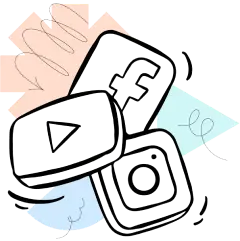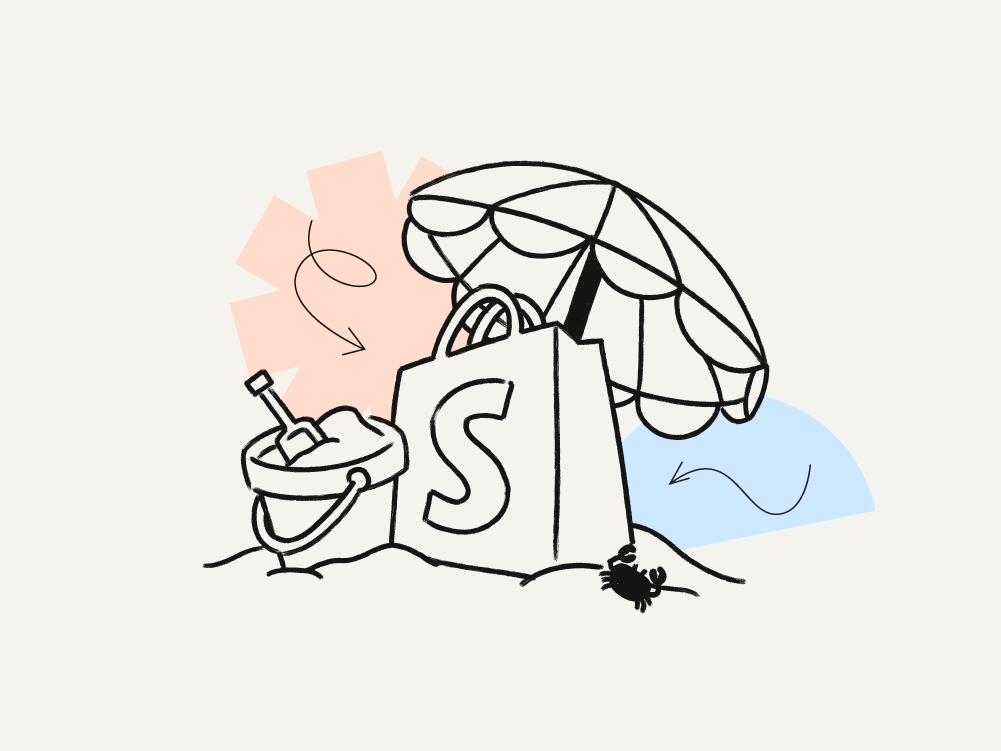Sometimes SEO can slip between the cracks when promoting your Shopify store.
Marketing tools like facebook (Meta) ads, google ads, and organic social are often more appealing, but can be costly.
On the other hand, SEO is often seen as ‘free’ marketing, helping you climb up search engine rankings, driving more traffic, customers, and eventually, see more Shopify revenue growth and sales just from writing, editing, and updating content.
In this article, we'll discuss 3 easy-to-implement SEO tips you can use right now to grow your Shopify store, including:
- How to generate and use strong backlinks
- Why using image alt tags is essential for your Shopify store's SEO strategy
- The reason you should avoid using duplicate content
Note: If you're quite new to SEO and struggle to understand some of the terms used throughout this article, you can refer back to StoreLab's A-Z Shopify SEO Glossary.

Use Strong Backlinks
Backlinks are one of the most important and impactful aspects of a good SEO strategy.
Essentially, backlinks are just links from other websites that direct to your website, and they’re a key way that search engines determine the authority and popularity of your Shopify store.
An easy way to get more backlinks is to create free profiles on other websites, such as YouTube, Pinterest, Amazon, Instagram etc. and include your website link in your profiles.
You can also do organic outreach - which is the process of earning backlinks naturally by creating valuable content and reaching out to relevant websites or influencers asking them to link to your site, without paying.
If you’re knowledgeable in an area associated to your Shopify store’s products or services, another way to generate backlinks is to guest post on other people’s websites. Not only will this generate additional backlinks and traffic, but it’ll also improve your reputation.
There's also tools like HARO (Help a Reporter Out), which is a white-hat link building outreach strategy where you pitch helpful insights to journalists looking for expert insights - and if they use your input, you can score a high-quality backlink from a top-tier publication.
You can see an example of guest blogging on the StoreLab website by reading the article, How Do I Write a Website Brief for My Shopify Store?, which was written by Blue Horizons, a Shopify marketing agency.
Discover the Top 5 Link-Building Strategies for Shopify Store's here.

Use Alt Tags for Images
Alt tags are descriptions of images on your Shopify website. To add image Alt text, all you need to do is click on an image, for example in your blog CMS, and enter your tag in the 'Alt text' field that will appear. Super simple, but so effective!
For example, if you’re selling a blue phone case, you would write the product image's alt tag as ‘dark blue phone case for Apple iPhone X’.
Alt tags were originally designed to improve accessibility, allowing customers with visual impairment to understand key images, but they can also help with SEO.
By using descriptive alt tags with relevant keywords, the chances of your product image showing when someone searches with those keywords increases.

Don’t Use Duplicate Content
If you’re using any text that exactly replicates text from another person’s site (or even your own!!), get rid of it.
Search engines hate it - because they think that you’re basically stealing content from someone else. Sure, you can take inspiration and craft information into your own words, but if you’ve directly copied and pasted content, you’re in trouble.
The issue with online store builders like Shopify is that standard content is often replicated for ease of use. Therefore, scanning your website to make sure that any and all content is completely original can have a huge impact on your SEO and your store’s ranking.
In this guide, we've only covered three of the many tips that you can follow to improve your Shopify store's SEO. If you're looking to take the next big steps, learn more in our article, The Ultimate Guide to Shopify SEO.
Or if you're looking for more ways to grow your Shopify store even further, talk to a member of the StoreLab team.

Skyrocket your Shopify sales with a no-code Apple & Android mobile app. Available now on the Shopify app store.















.webp)
